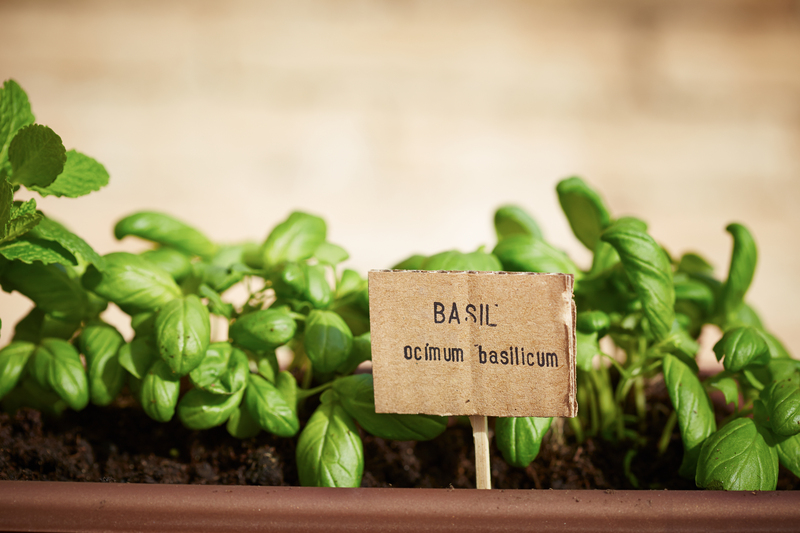Youth Interest in Gardening: A Look
Gardening has traditionally been associated with older generations, but recent trends show that an increasing number of young people are picking up the hobby with enthusiasm. From urban rooftop gardens to community vegetable patches, youth interest in gardening is blooming. But what exactly is driving this new wave of green-thumbed youths? In this article, we will explore the various factors contributing to the rise in youth interest in gardening, the benefits it offers, and how this trend impacts communities and the environment.
The Growing Popularity of Gardening Among Youth
One can't help but notice the surge in gardening's popularity among young people over recent years. Whether it's through social media platforms like Instagram and TikTok, where influencers share their gardening journeys and tips, or schools incorporating gardening programs into their curriculums, the younger generation is increasingly becoming engaged with this eco-friendly hobby.

Social Media Influence
The digital age has played a significant role in rekindling youth interest in gardening. Influencers and content creators use platforms like Instagram, TikTok, and YouTube to share their gardening projects, offer live tutorials, and collaborate with other gardening enthusiasts through virtual gardening clubs. This online community fosters a sense of inclusion and excitement, encouraging more young people to experiment with their green thumbs.
Educational Programs and Initiatives
Many educational institutions are incorporating gardening into their curricula, promoting hands-on learning experiences that go beyond the classroom. Schools are starting to understand the value of teaching students about sustainability, the life cycle of plants, and the importance of healthy eating through gardening programs. These initiatives also offer young people an opportunity to disconnect from their screens and engage in physical activity, thus promoting a healthy lifestyle.
Environmental Awareness
Today's youth are more environmentally conscious than previous generations, and gardening provides a practical way to contribute to the well-being of the planet. Through gardening, young people can directly participate in reducing their carbon footprint, improving air quality, and promoting local biodiversity. Home gardens reduce the need for mass-produced vegetables, lowering the demand for energy-intensive farming practices.
The Psychological and Physical Benefits of Gardening
Gardening is not just a hobby; it's a holistic activity that brings numerous psychological and physical benefits. For youth, in particular, the advantages are profound and multifaceted.
Mental Health Benefits
Research has consistently shown that gardening can significantly improve mental health by reducing stress, anxiety, and depression. The act of nurturing plants encourages mindfulness and provides a sense of accomplishment. Engaging in gardening activities helps young people develop patience and responsibility while also offering a creative outlet.
Physical Health Benefits
Gardening is a form of low-impact exercise that involves various physical activities, such as digging, planting, watering, and weeding. These activities promote cardiovascular health and improve muscle strength and coordination. Moreover, being outdoors and interacting with nature boosts Vitamin D levels, which are vital for maintaining a healthy immune system.
Building Community Through Gardening
Gardening has the power to bring communities together, and young people are often at the forefront of these efforts. Community gardens provide a communal space where individuals of all ages can come together to share skills, resources, and produce. These spaces often become social hubs, fostering a sense of belonging and collective responsibility.
Urban Gardening and Green Spaces
In urban areas, where green spaces are limited, young people are becoming innovative in utilizing available space for gardening. Rooftop gardens, vertical gardens, and small balcony setups are becoming increasingly popular. These urban gardening projects not only provide fresh produce but also contribute to the aesthetic and ecological value of urban landscapes.
Food Security and Sustainability
Youth interest in gardening also ties into broader concerns about food security and sustainability. By growing their own vegetables and herbs, young people gain a better understanding of where their food comes from and can ensure that it is grown organically. This self-sufficiency is particularly empowering and addresses the growing issue of food deserts in urban areas.
Challenges and Opportunities
While the rise in youth interest in gardening is promising, there are challenges that need to be addressed to sustain this momentum. Issues such as lack of access to land, resources, and knowledge can be barriers for many young people looking to start their gardening journey.
Overcoming Barriers
To overcome these challenges, community organizations, educational institutions, and local governments can play a crucial role. Providing access to community garden plots, offering workshops and resources, and incorporating gardening into urban planning are steps that can support young gardeners.

The Future of Youth Gardening
The growing interest in gardening among youth is more than just a passing trend; it signifies a shift towards a more sustainable and health-conscious lifestyle. As more young people embrace gardening, we can expect to see continued innovation in urban agriculture, greater community engagement, and a deeper connection to the environment.
Conclusion
In conclusion, the rise in youth interest in gardening is a multifaceted phenomenon driven by social media influence, educational initiatives, environmental awareness, and the numerous psychological and physical benefits that gardening offers. As young people continue to plant seeds of change, they are not only improving their own well-being but also contributing to the health of their communities and the planet. By overcoming challenges and fostering opportunities, we can ensure that this green revolution continues to grow, one garden at a time.





